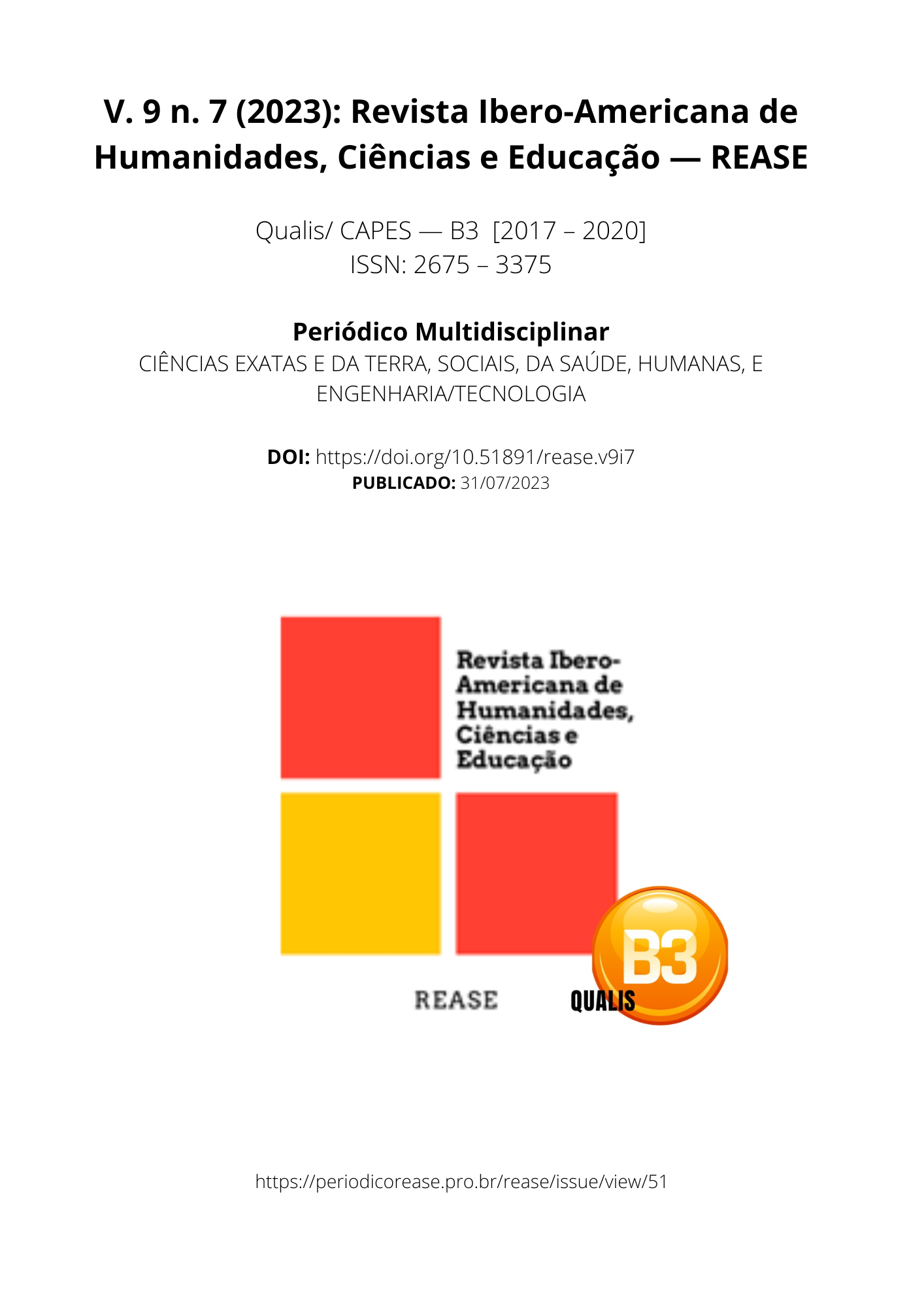IMPACT OF STEM CELL THERAPY ON POST-INFART HEART TISSUE REGENERATION
DOI:
https://doi.org/10.51891/rease.v9i7.10784Keywords:
Stem Cell Therapy. Cardiac Regeneration. Myocardial Infarction.Abstract
The present study investigated the impact of stem cell therapy on post-infarction cardiac tissue regeneration, with the aim of understanding the underlying mechanisms and clinical implications of this innovative therapeutic approach. Using an animal model of myocardial infarction, comprehensive analyzes were performed to assess the improvement in cardiac function, the reduction in scar size, the stimulation of angiogenesis and the modulation of inflammation after administration of stem cells. significant improvement in cardiac function in the stem cell-treated animals, evidenced by improved hemodynamic parameters including ejection fraction and stroke volume. In addition, a marked reduction in scar size was observed in cardiac tissue, indicating the ability of stem cells to promote the replacement of scar tissue by functional tissue. Histological analysis revealed a remarkable stimulus to angiogenesis in the treated regions, with an increase in vascular density and in the expression of angiogenic factors. Stem cell therapy also demonstrated a significant effect in modulating inflammation, with a reduction in the expression of pro-inflammatory cytokines and a shift in macrophage polarization towards an anti-inflammatory profile. Furthermore, integration of stem cells into cardiac tissue was observed, with successful differentiation into functional cardiomyocytes and formation of gap junctions with adjacent cardiomyocytes. These results provide valuable insights into the mechanisms by which stem cells promote regeneration of post-infarction cardiac tissue, highlighting its ability to improve cardiac function, reduce scarring and stimulate angiogenesis. The clinical implications of these findings are promising, offering new perspectives in the treatment of patients with cardiac injuries after an acute myocardial infarction. Future research in this field may direct even more effective therapeutic strategies to optimize clinical outcomes and improve the quality of life of patients affected by this debilitating condition.
Downloads
Downloads
Published
How to Cite
Issue
Section
Categories
License
Atribuição CC BY

